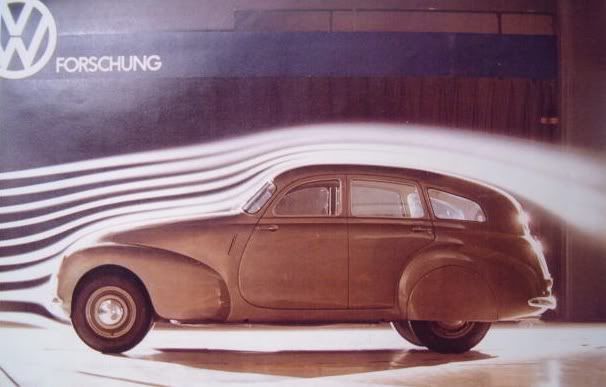Quote:
Originally Posted by DeliveryGuy89

I like this idea, although it seems that it would reduce my rear visibility quite a bit. I'd have to play with it to get it to a point that I wasn't sacrificing safety.
Some quick research says that "To gain most of the effects described by Kamm, a car’s tail has to be tapered to about 40-50% of its largest cross-sectional area."
I have no idea what this means, could someone break down exactly what I should be measuring here?
|
Cross-sectional area (sometimes called frontal area) is the maximum area of the car as viewed from the front or rear. If you can find a blueprint online or a front photo taken from a couple hundred feet with a telephoto lens, you can run it through photo-editing software and get a pixel count and convert that to square feet or square meters. Or, for a rough estimate multiply the manufacturer's width by height by 0.85. For a '96 Outback, that's 68" x 62" x 0.85, or 24.9 square feet.
For a Kamm tail, you want a nicely tapering extension that terminates in a flat face approximately 50% of the cross-sectional area, or about 12.5 square feet. Wunibald Kamm discovered that lopping the end of a full tail off preserved most of the drag reduction but with reduced length. Here's one of his cars:

A box cavity is a short tail with perpendicular sides, top and/or bottom, inset from the rearmost surfaces of the car. Here's one from a formerly-active member here:

These can reduce drag by anywhere from 2-5% typically, and they're a lot easier to build than a full tail.